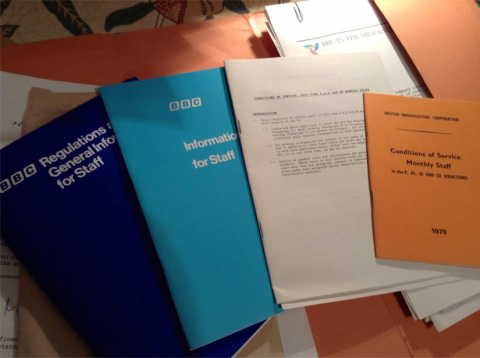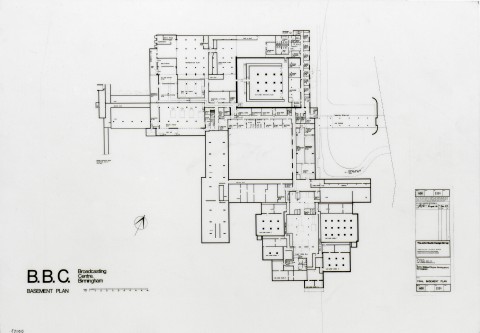Photo by Charles White, no reproduction without permission.
(The photo is of Countryfile presenter, Rupert Segar, from 1990. The story was about a rabid fox caught in Nancy, France.)
I was on attachment to CountryFile as a director from my editing job, and went upstairs to start day 1. Mike Fitzgerald, the then Series Producer asked me if i had a passport and i was duly dispatched to France. With Michael Murphy as my mentor, we turned up in Nancy looking for rabies. At this time the Chunnel was about to complete and the big fear (unfounded) was that rabid foxes would walk through to Britain. (The fact that bats fly here with it wasn’t overlooked, but not explored). Nancy at this period was the epicentre of Rabies on the continent, and we filmed without luck in the surrounding forests. By pure chance as we were at the Laboratoires de La Rage, a rabid fox got trapped in a tennis court and was duly brought to us. The picture shows Rupert doing a PTC (Piece to Camera) in front of the wretched creature. (They were tested and then subsequently killed with cyanide)- the fox, not Rupert!
Of further interest is the crew size; Director, Presenter, PA, Lighting man, Sound, and Cameraman – what luxury! CountryFile had in its office 4 teams of Director, Producer, researcher and PA, who operated a 4 week rota of making items for the programme; this model worked very well. Researchers could take days out to recce the countryside for stories, and then a suitable crew would be designated for the job.
On another Fox story with Michael Collie, in the far north of Scotland, I directed for 3 days an item about a moratorium on shooting foxes which had been running for three years. Great theory and lots of interviews about predation of sheep etc; as the sun went down on us and Michael did his final PTC, a farmer came up to us in his land rover and confessed he’d been shooting foxes during the whole experimental time. Back to the drawing board….!!!
Charles White
Mick Murphy added the following comment on the Pebble Mill Facebook group: ‘Charles is spot on. He was also selected for his impeccable French. The story went on to Northallerton, North Yorkshire, for a demonstration, by local Trading Standards of their rabies containment strategy, using a very reluctant labrador, acting as an infected dog. Those were the days when CountryFile featured single items. It was also Rupert’s debut.’




